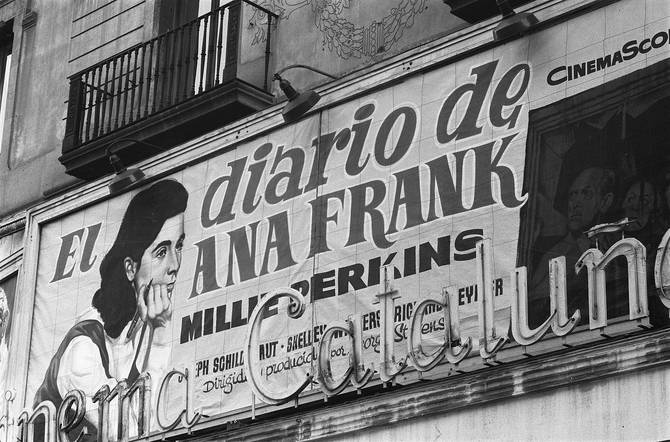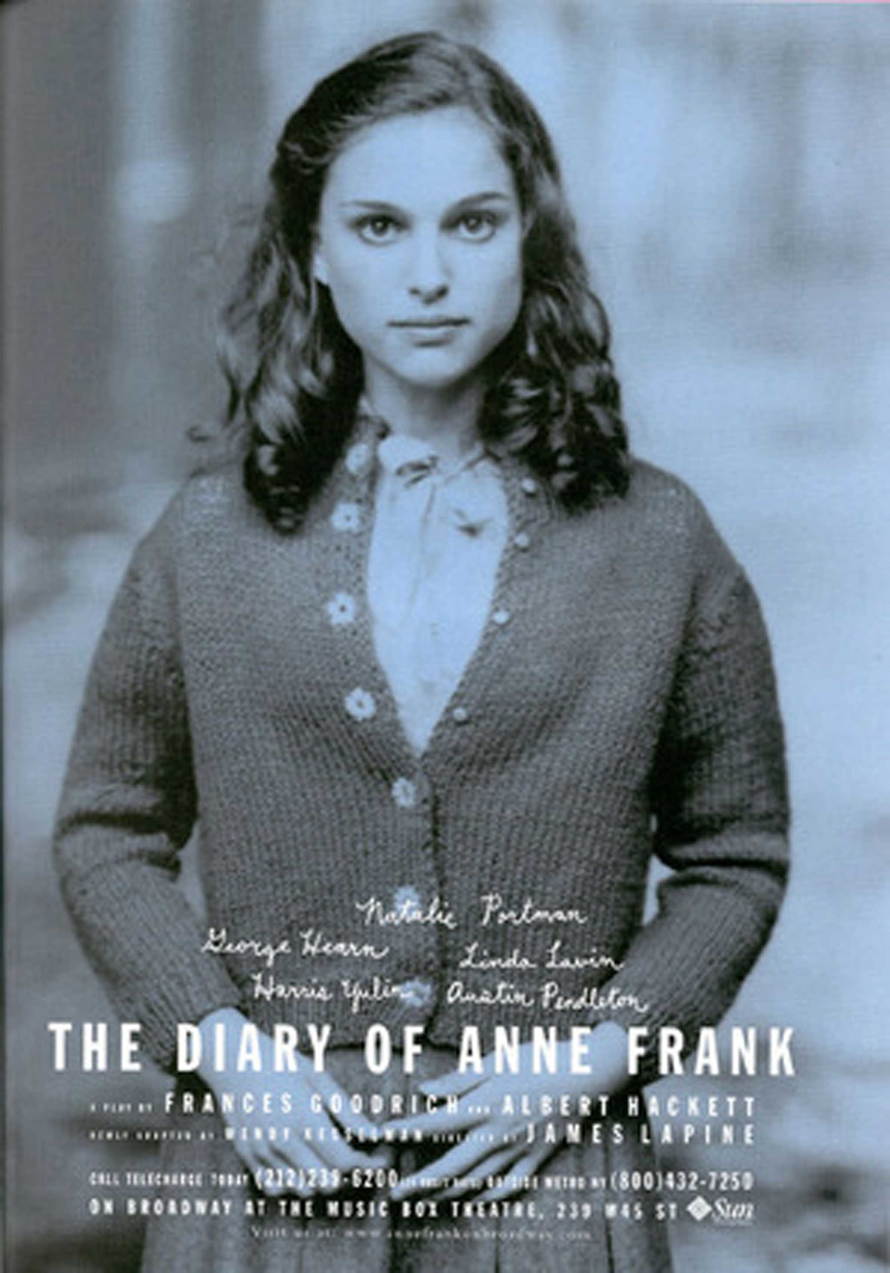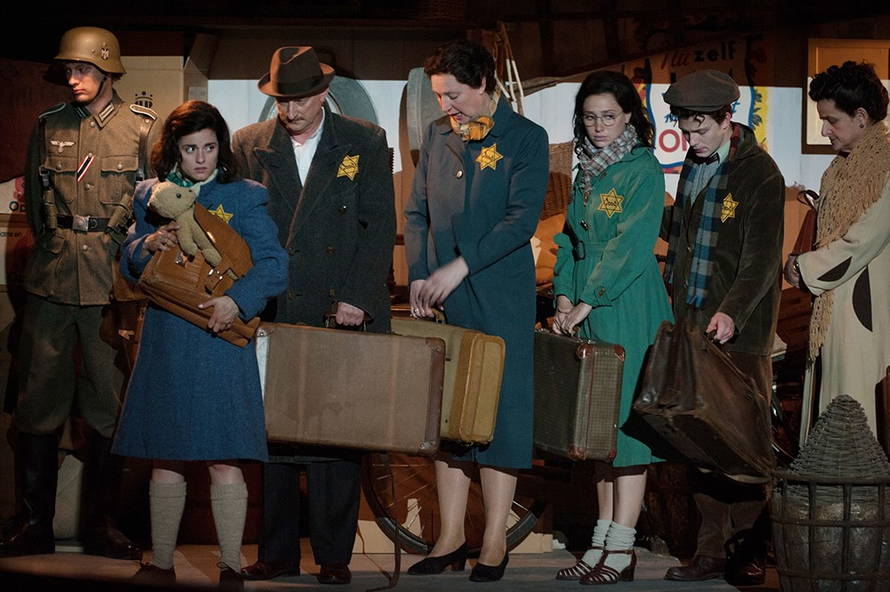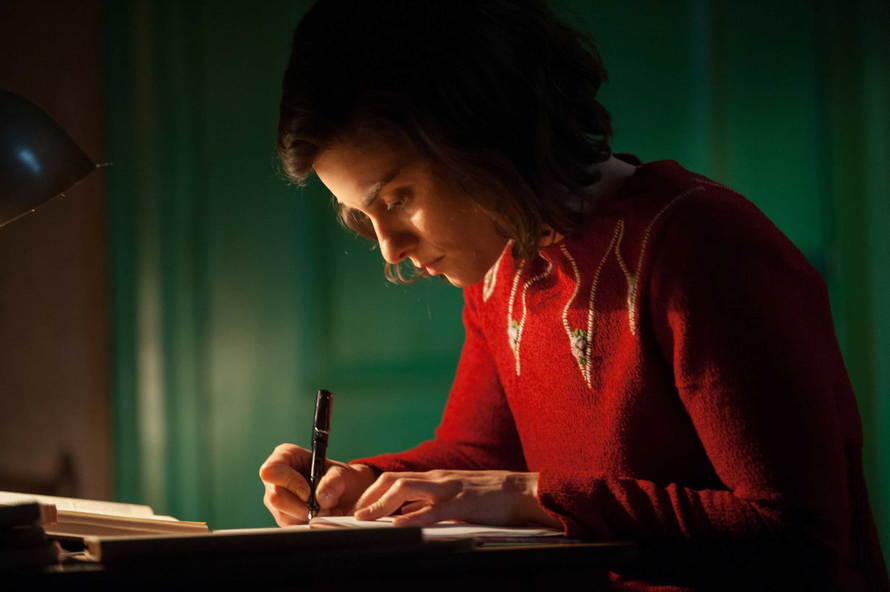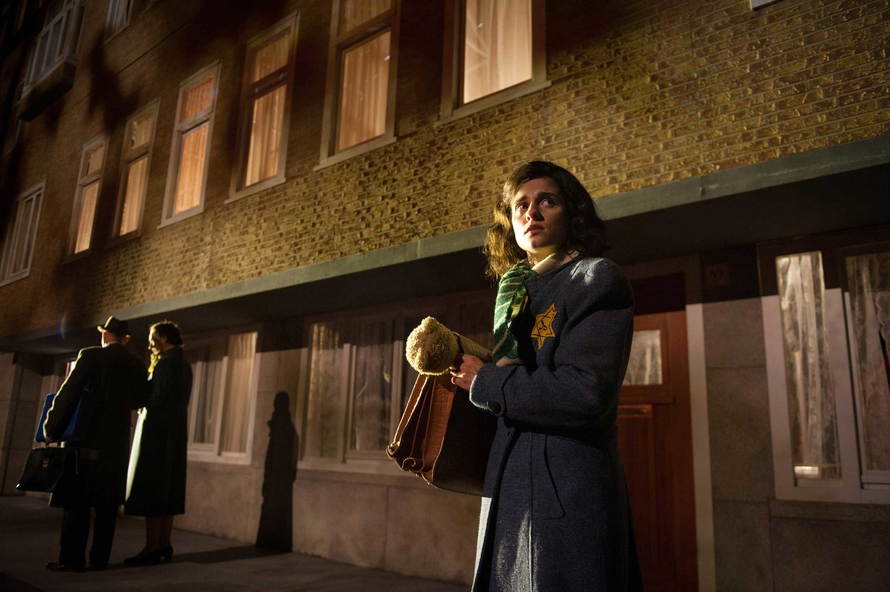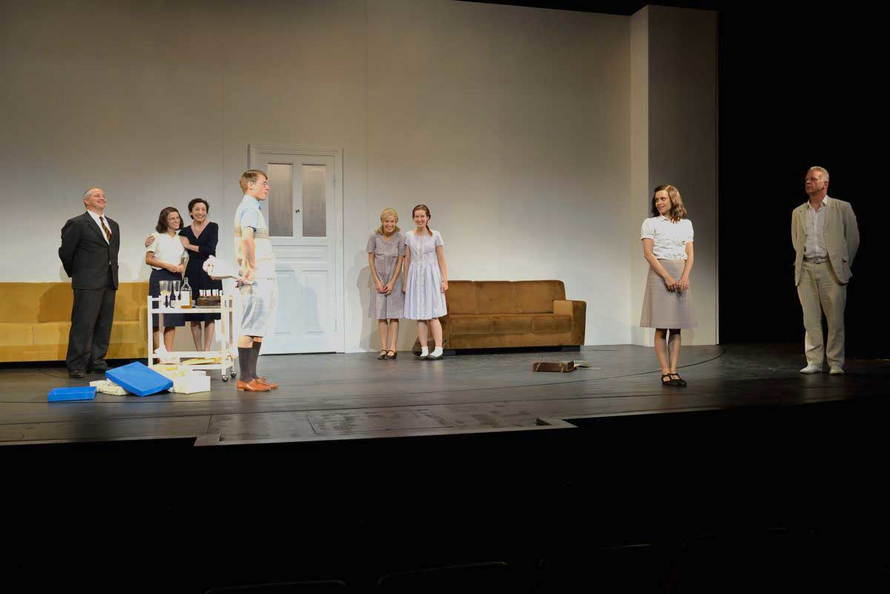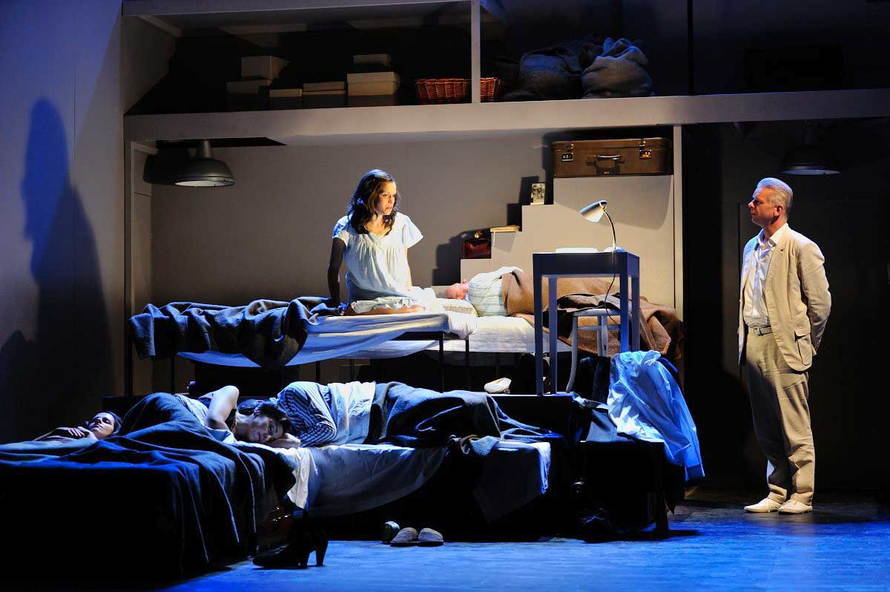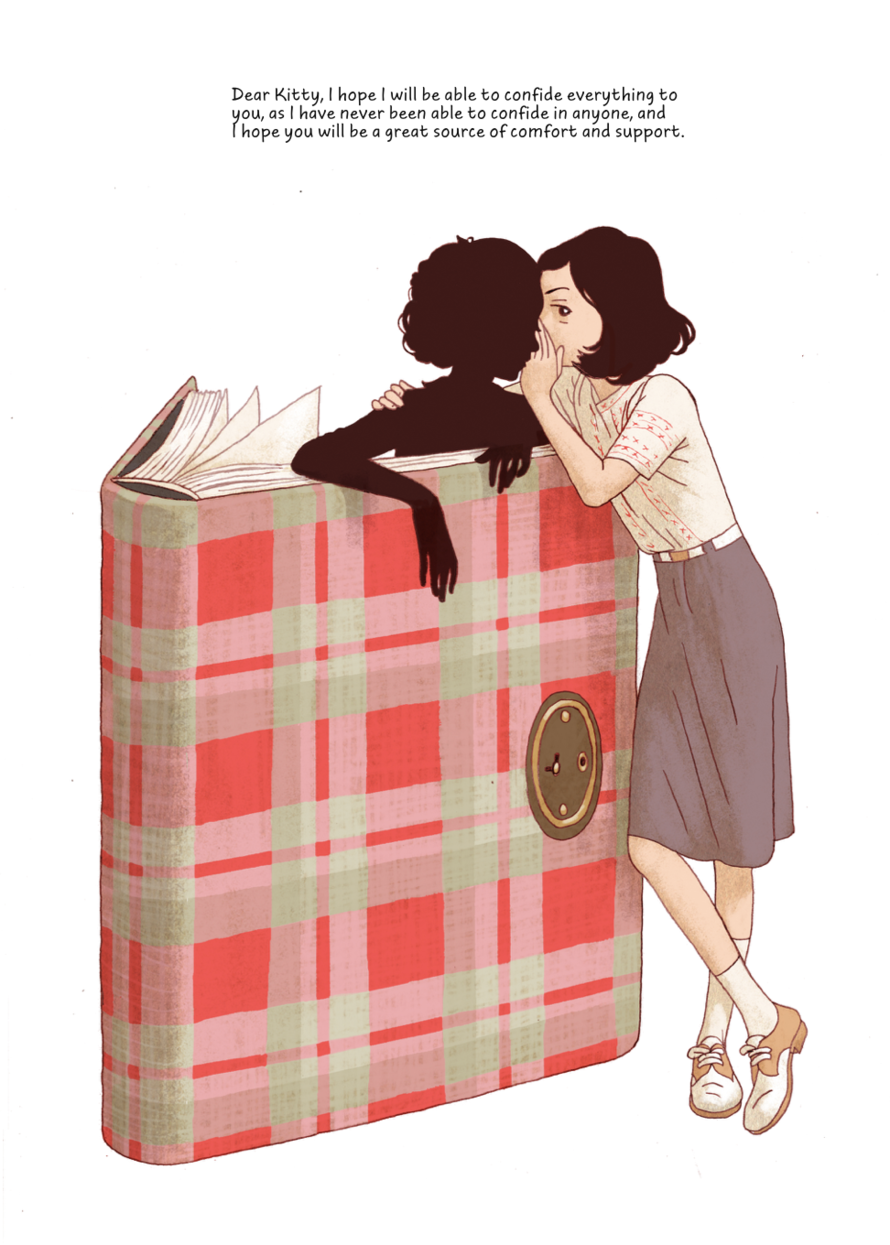Their play was a fairly free interpretation of the Diary in parts, with some character traits being exaggerated and certain scenes being invented. The fact that Anne Frank was a Jewish girl who had been persecuted and ultimately died an agonising death in the Bergen-Belsen concentration camp, was negligible in their version. They turned the Diary of Anne Frank into a testimony of «a pure heart in a time of horror», in the words of a review. As the stage version was, at times, better known than the book edition, this became the prevailing image of Anne Frank: the girl who «despite everything [...] believes in the good in people», as the character of Otto Frank says at the end of the play.





